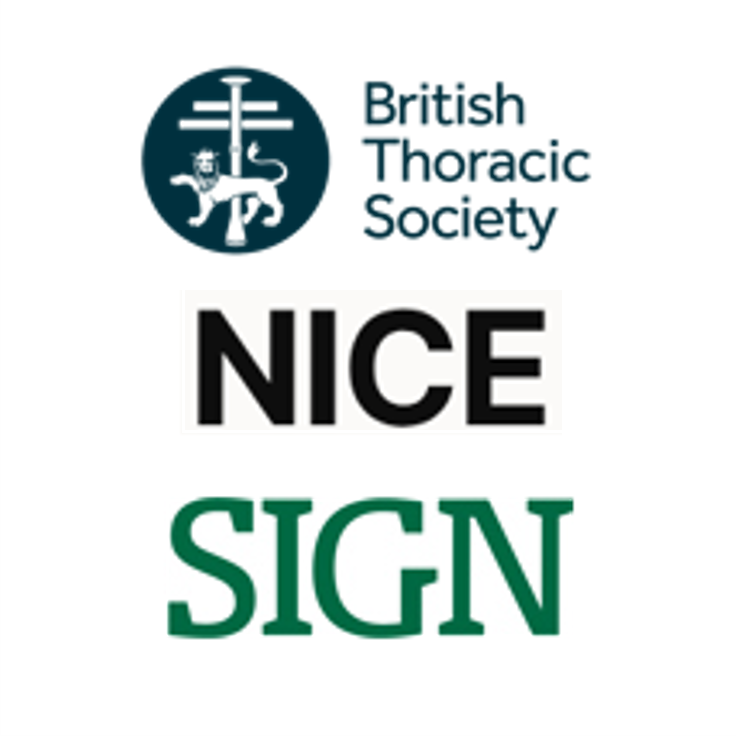The term difficult asthma generally refers to a clinical situation where a prior diagnosis of asthma exists, and asthma-like symptoms and asthma attacks persist despite prescription of high-dose asthma therapy. There is no definition of difficult asthma in children or adults that is universally agreed, and specifically at what level of treatment prescription or asthma attack frequency the term difficult asthma should apply. Consequently there are no precise data on the prevalence of this clinical problem. Previous consensus studies have suggested failure to achieve symptom control despite prescribed high-dose ICS as a minimum requirement, or have stipulated a treatment level equivalent to at least high-dose ICS (adults) or medium-dose ICS (children) plus a LABA or LTRA before labelling as ‘difficult’.682, 683
In this guideline difficult asthma is defined as persistent symptoms and/or frequent asthma attacks despite treatment with high-dose ICS (adults) or medium-dose ICS (children) plus a LABA (age 5 and over) or LTRA; or medium-dose ICS (adults) or low-dose ICS (children) plus a LABA (age 5 and over) or LTRA and an appropriate additional therapy (see specialist therapies - theophyllines); or continuous or frequent use of oral steroids (see specialist therapies - continuous or frequent use of oral steroids).
- confirmation of the diagnosis of asthma, and
- identification of the mechanism of persisting symptoms and assessment of adherence to therapy.
[BTS/SIGN 2019]
[BTS/SIGN 2019]
